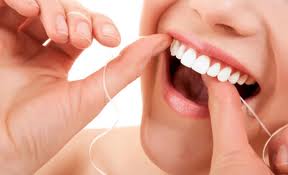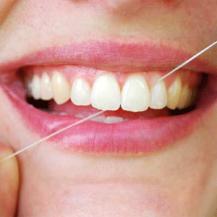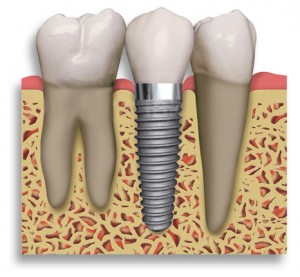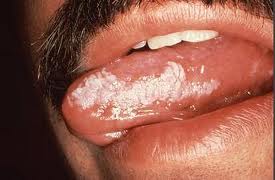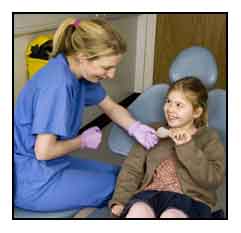The American Dental Association advises that flossing your teeth thoroughly be done once or more per day. Overly vigorous or incorrect teeth flossing can result in damage to the gum tissues therefore this article will provide some basics on flossing. Continue reading
Category Archives: Oral Care
White patches in the mouth-Part II
Why should I be concerned?
White patches could be due to a multiple of causes as discussed in the article “white patches in the mouth”. It is important that the underlying cause is identified because of the following reasons:
i) can cause unwanted effectssuch as pain and discomfort and even altered taste sensation. by knowing the cause, the lesion can be treated accordingly and thus ease the patient of all these negative effects.
What Is Flossing?
Your dentist or other dental professionals usually tends to advise you to floss your teeth after every meal or before you go to bed. Some may ponder on the purpose of dental flossing or some may even not have the slightest clue what floss is to begin with. Continue reading
Dental Implant Maintenance
After spending tons of money on your dental implant procedure, surely you would want your investment to last. Though it make look and feel like a real tooth, dental implant maintenance is required to ensure your dental implants stay in top-notch condition for a very long time. Continue reading
Kids Dental Health Activities
If you have a hard time getting your kids to brush their teeth, try to create some dental health activities for them to get to know their teeth better. This can make your kids more interested in their oral hygiene, and at the same times, make brushing seem less tedious and boring. Continue reading
About Oral Thrush
What is oral thrush?
Oral thrush, otherwise known as acute pseudomembranous candidioasis, is the infection of mucosal tissues of the mouth by a fungus, mainly candida albicans, but it can also be caused by candida glabrata or candida tropicalis. Candida albican is one of many microorganisms that exists in your mouth, but under certain circumstance they multiply uncontrollably and become an infection. The areas involved are usually the inner sides of the cheek, the tongue, tonsils, palate and floor of the mouth. They vary in size from small drop-like areas to confluent large patches covering a wide area. Continue reading
Plaque 101 Part 2
The following program, when followed nightly, can aid in the prevention of plaque, tooth decay and gum disease.
Dry brushing. The first step is brushing every tooth with a dry toothbrush at the gum crevice, both on the inside and on the outside of teeth. Hold the brush at a 45-degree angle to the teeth and slide the bristles closest to the inside of the upper lip under the gum. Vibrate the brush, making sure the tips of the bristles rotate under the gums (rather like scrubbing the cuticle of a fingernail). Use about ten quick rotations of the brush per tooth, trying not to lift the brush at any point (it’s been found that a person invariably lifts the brush on the same teeth time after time, and those teeth never get the right amount of cleaning). On the inside of the front teeth, hold the brush like a lollipop, parallel to the teeth, and brush with the tip, making sure the bristles slip under the gum. If you want to make sure the bristles get under the gum, bite the brush gently and you’ll force the bristles up. Continue reading
Plaque 101 Part 1
Everyone’s feelings about their teeth are different; some people are better able or willing to follow a home care program than others. What we hope to do is give you a general description of how to remove plaque from your teeth at home. Without a doubt, the most effective way to learn the techniques is to have them demonstrated to you (ideally by your dentist or their assistant). All dentists prefer to have patients interested in prevention. It makes their job easier, and patients actively concerned with keeping their teeth healthy appreciate treatment more. Continue reading
Pulp Disease – Part 2
Irreversible Pulpitis
Definition:
Irreversible pulpitis is a persistent inflammatory condition of the pulp, symptomatic or asymptomatic, caused by a noxious stimulus.
Acute irreversible pulpitis exhibits pain usually caused by hot or cold stimulus, or pain that occurs spontaneously. The pain persists for several minutes to hours, lingering after removal of the thermal stimulus.
FAQs – Is Conscious Sedation Safe for My Children? (Part 2)
Intravenous (IV) Sedation (continued)
IV sedation performs under a hospital setting with fully-equipped facilities and it can only be administered by a certified anesthesiologist. There are strict rules and regulations set by every state’s Dental Board when it comes to anesthesia equipments and drugs used. Therefore, you should make sure your child is being treated by a qualified and experienced anesthesiologist. Continue reading
